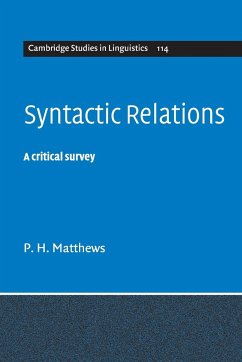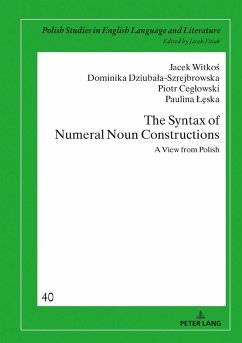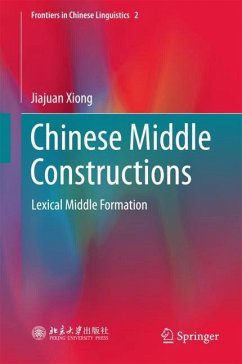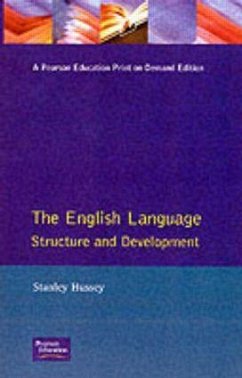
Syntactic Constructions in English
Versandkostenfrei!
Sofort lieferbar
26,99 €
inkl. MwSt.

PAYBACK Punkte
13 °P sammeln!
Construction grammar (CxG) is a framework for syntactic analysis that takes constructions - pairings of form and meaning that range from the highly idiomatic to the very general - to be the building blocks of sentence meaning. Offering the first comprehensive introduction to CxG to focus on both English words and the constructions that combine them, this textbook shows students not only what the analyses of particular structures are, but also how and why those analyses are constructed, with each chapter taking the student step-by-step through the reasoning processes that yield the best descrip...
Construction grammar (CxG) is a framework for syntactic analysis that takes constructions - pairings of form and meaning that range from the highly idiomatic to the very general - to be the building blocks of sentence meaning. Offering the first comprehensive introduction to CxG to focus on both English words and the constructions that combine them, this textbook shows students not only what the analyses of particular structures are, but also how and why those analyses are constructed, with each chapter taking the student step-by-step through the reasoning processes that yield the best description of a data set. It offers a wealth of illustrative examples and exercises, largely based on real language data, making it ideal for both self-study and classroom use. Written in an accessible and engaging way, this textbook will open up this increasingly popular linguistic framework to anyone interested in the grammatical patterns of English.














